
The Cross-barred Venus, also known as Chione cancellata, is a medium-sized saltwater clam that can be found primarily in the Caribbean. This distinctive bivalve mollusk is celebrated for its beautiful shell, marked with intricate patterns that make it a favorite among collectors.
Understanding its biological features and habitat not only highlights its role in marine ecosystems but also its impact on local culture and economy.
Identifying the Cross-barred Venus is straightforward due to its unique shell structure, featuring concentric lines and radial ribs. These characteristics not only aid in recognition but also contribute to its vibrant aesthetic appeal. Its presence in coastal waters has significant cultural and crafting implications, as the clamshells are often used in various arts and crafts by local communities.
While the Cross-barred Venus thrives in specific habitats within the Caribbean, it faces challenges from environmental changes and human activity. A deeper look into their lives reveals how they contribute to the marine environment, while also satisfying human curiosity and creativity.
Key Takeaways
- Chione cancellata is a visually striking clam found mainly in the Caribbean.
- The unique shell patterns make it significant for collecting and crafting.
- Its ecological role is important, reflecting the connection between marine life and human activity.
Identification Guide
Identifying the Cross-barred Venus (Chione cancellata) shell requires attention to its unique features. This section covers how to recognize this species, its key characteristics, and how it compares to similar clams.
How to Identify a Cross-barred Venus (Chione cancellata)
The Cross-barred Venus is a small clam belonging to the family Veneridae. Its shell has a distinct shape and pattern, making it easier to recognize. The shell size typically ranges from 3 to 5 centimeters.
To identify it, look for the
cloudy white to yellow-white color of the shell. The most notable features are the
raised, bladelike concentric ridges combined with
strong radial ribs. This combination gives the shell its unique crisscrossed appearance.
Additionally, zigzag patterns in
purplish-brown may also be seen along the surface. Observing these features will help to ensure correct identification.
Characteristics
The Cross-barred Venus shell has a few key characteristics. The shell is
thick and trigonal, meaning it has a triangular shape. Its surface is sculpted with distinctive
blade-like concentric ridges that cross with radial ribs.
Save 50%
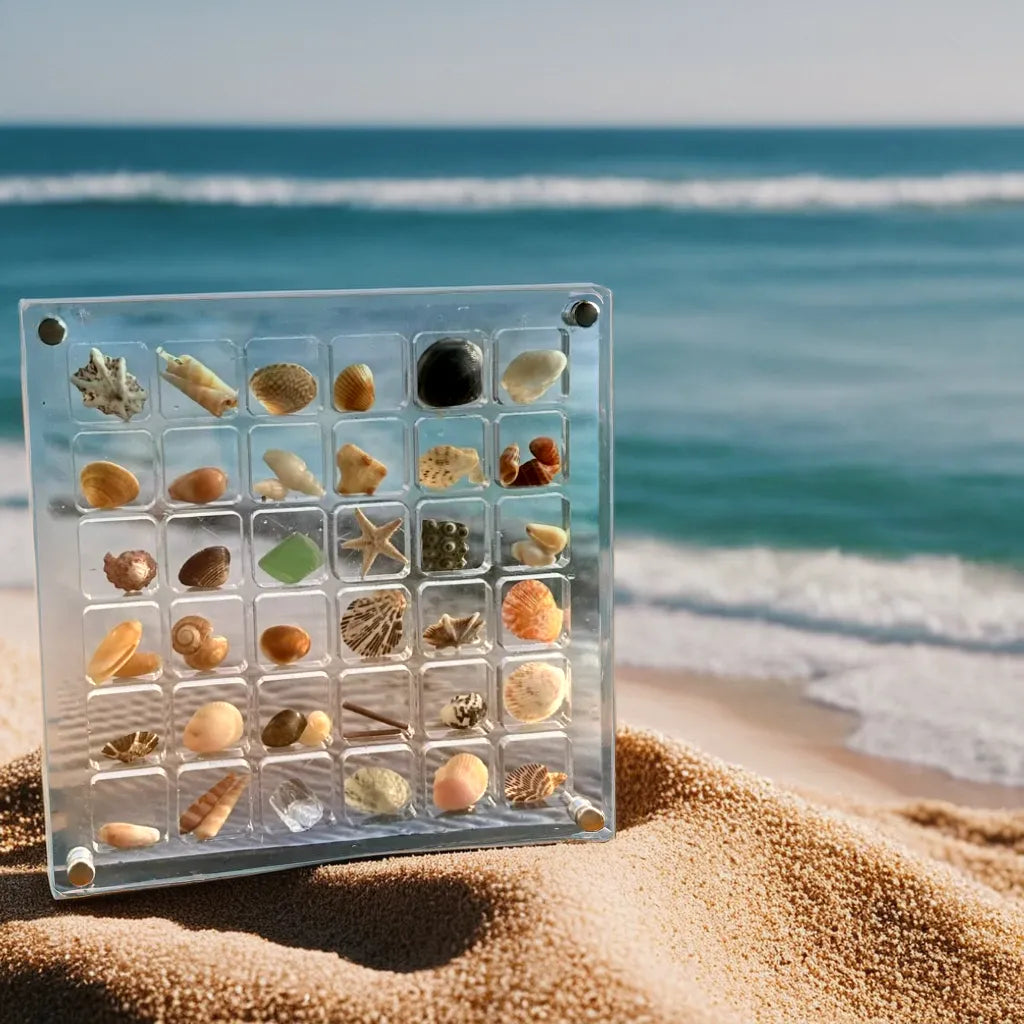
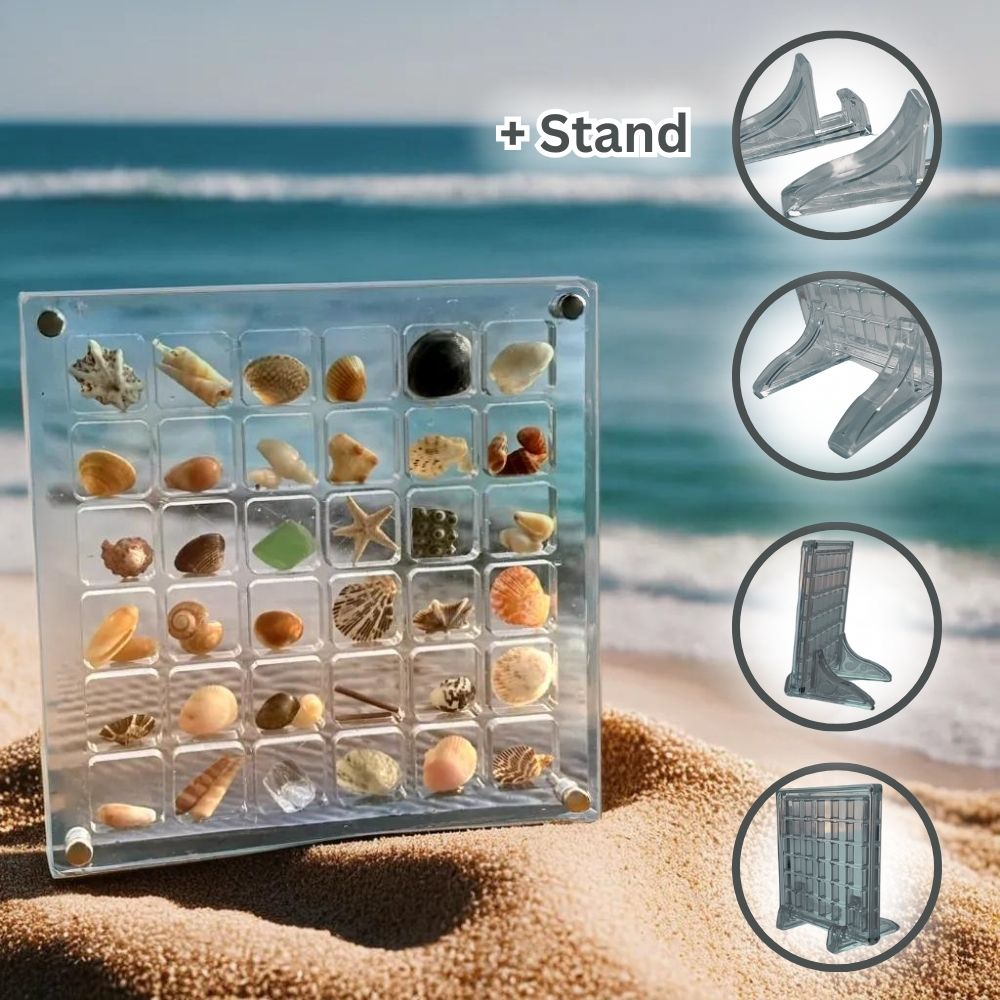
These ribs create small interspaces, which are smaller than the spaces between the concentric ridges. The
lunule, a heart-shaped area near the shell’s hinge, is usually dark in color.
On the exterior, the shell is often white to light gray, sometimes displaying
brown rays. Inside, the shell is primarily white but can have blue or purple markings. These consistent features help classify and identify this clam species accurately.
Comparison to Similar Species
The Cross-barred Venus can be confused with other clams in its habitat. A similar species includes the
Atlantic surf clam (Spisula solidissima), which has a more oval shape and lacks the distinctive crisscross pattern of the Cross-barred Venus.
Another species, the
Giant Atlantic cockle (Cerastoderma edule), is larger and has a smoother shell.
In contrast, while the Cross-barred Venus has a thicker shell, many similar clams may feature thinner shells. Observing these details assists in clearly distinguishing the Cross-barred Venus from its relatives.
Distribution & Habitat
The Cross-barred Venus (Chione cancellata) is primarily found in tropical and subtropical marine environments. It has a well-defined range, mostly within the Caribbean Sea, which influences its habitat choices.
Where to Find Cross-barred Venus (Chione cancellata)
Chione cancellata is mainly located in sandy or muddy substrates along the shallow coastal areas. They can be found from low tide zones to depths of about 20 meters.
These clams prefer habitats rich in organic material. They often inhabit areas near coral reefs and seagrass beds, which provide both food and protection.
Its distribution may vary slightly based on local environmental conditions. Factors such as water temperature, salinity, and substrate type are important for the survival of this species.
Cultural & Economic Importance
The Cross-barred Venus (Chione cancellata) has significant cultural and economic roles. It is appreciated in various settings for its unique appearance and culinary value. Additionally, its legal status helps protect this species and ensure its sustainability.
The Cross-barred Venus (Chione cancellata) in Culture
Save 20%
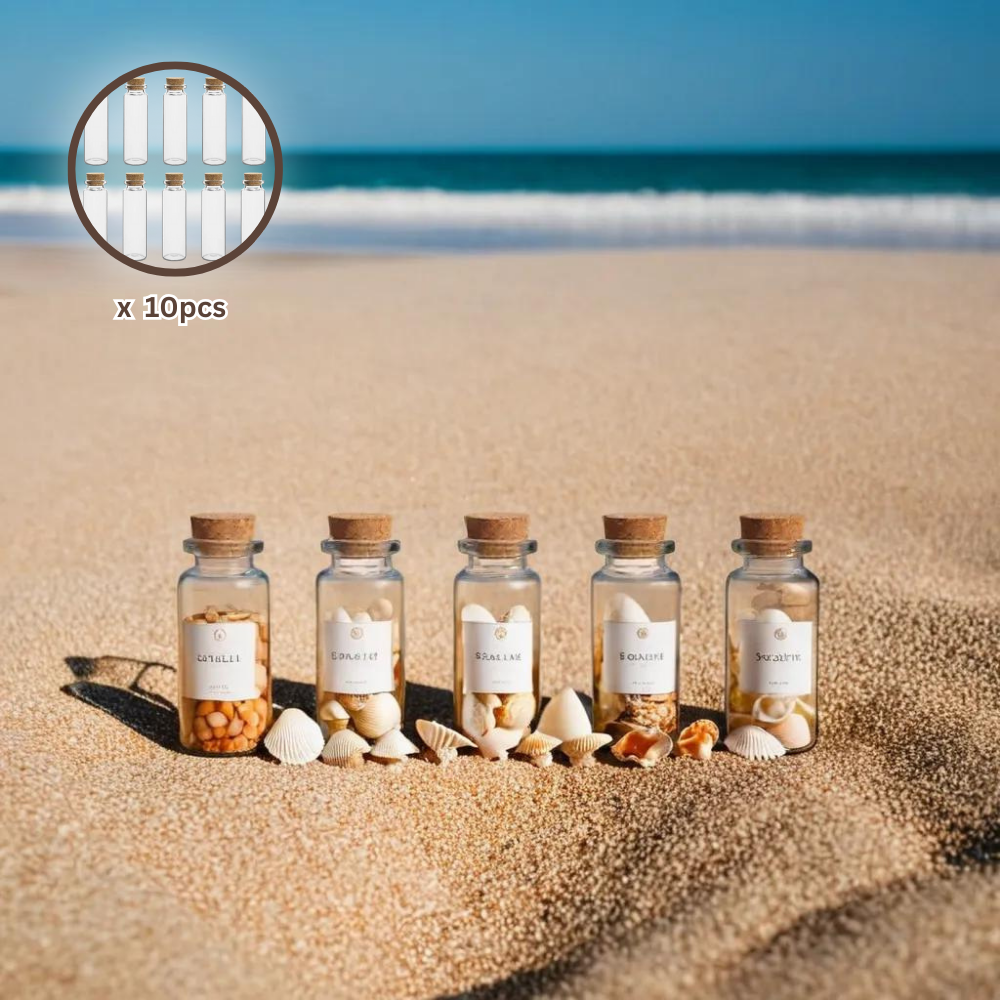
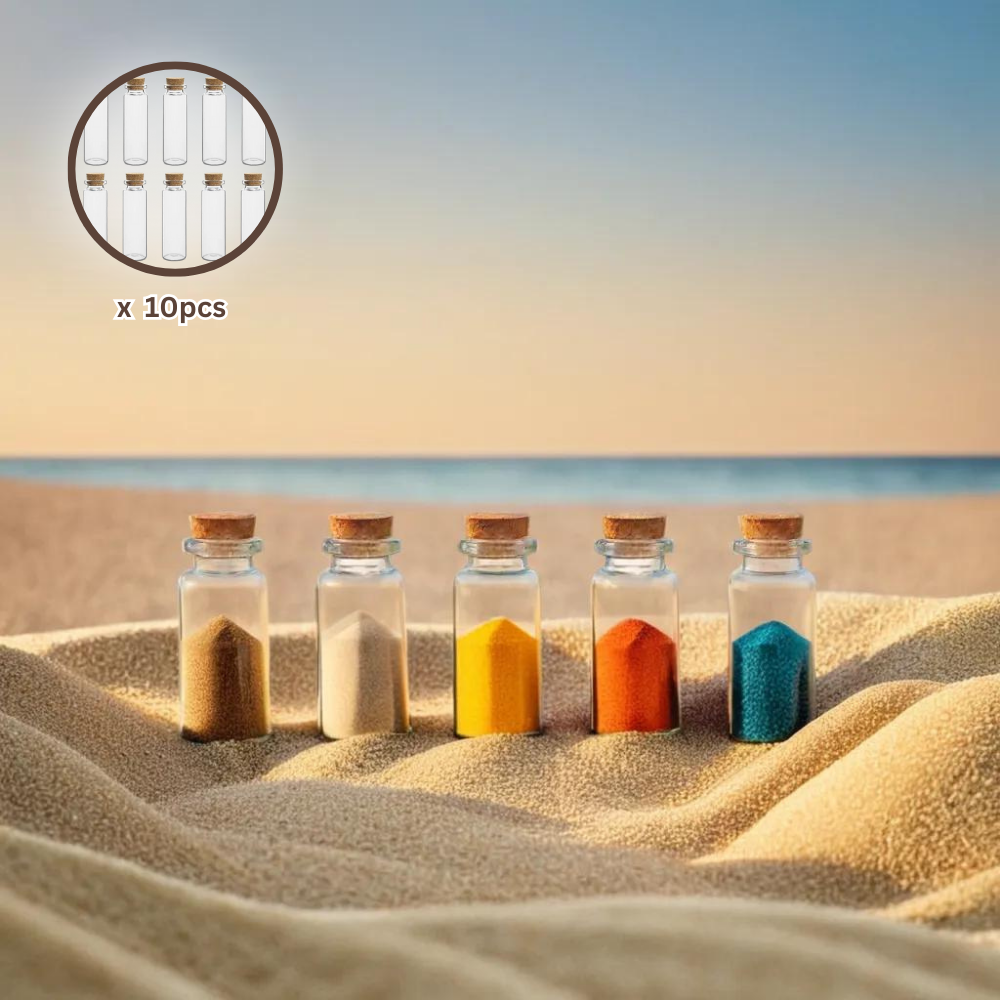
Chione cancellata is often found along coastal areas, making it a part of local traditions. In some cultures, the shells are used in art and jewelry. Their distinctive lattice-like design appeals to artists and crafters.
Additionally, these clams hold cultural significance in regions where they are harvested. They are sometimes featured in festivals celebrating local marine life. This connection to the community enhances environmental awareness and promotes the appreciation of coastal ecosystems.
Legal Status
Legal measures are in place to protect the Cross-barred Venus. In many areas, regulations limit harvesting to ensure sustainability. These laws help maintain clam populations and prevent overfishing.
The conservation status may vary by location, with some regions implementing stricter guidelines. For example, some marine protected areas prohibit harvesting altogether.
These legal protections are crucial for preserving biodiversity. They safeguard not only Chione cancellata but also the wider marine environment in which it lives. Enforcement of such measures helps ensure that this species continues to thrive for future generations.
Cross-barred Venus (Chione cancellata) Crafting
The Cross-barred Venus shell is valued for its unique appearance and durability. Crafters often use these shells for various decorative purposes.
Common Uses
-
Jewelry Making: Shells can be polished to create pendants, earrings, and bracelets.
-
Home Decor: They are used in craft projects for wall art or centerpieces.
-
Educational Displays: Shells serve as examples in classrooms about marine biology and ecology.
Crafting Techniques
-
Cleaning: Rinse the shells in freshwater to remove sand and salt.
-
Polishing: Use fine sandpaper or a dremel tool to smooth the surface.
-
Drilling: Create holes for jewelry by carefully drilling through the shell.
Safety Tips
- Wear protective gear, such as gloves and goggles, when handling tools.
- Ensure proper ventilation when using any adhesives or sealants.
With their appealing designs and solid structure, Cross-barred Venus shells add a natural touch to various craft projects. By following simple techniques, crafters can transform these shells into beautiful and functional items.
Frequently Asked Questions
The Cross-barred Venus, or Chione cancellata, is a unique bivalve with distinct traits and ecological roles. Understanding its identification, habitat, diet, and care will help in appreciating this species.
What distinguishes the Cross-barred Venus from other bivalves?
The Cross-barred Venus has a shell that features raised, blade-like concentric ridges. These ridges, along with strong radial ribs, create a crisscrossed appearance. The typical coloration is cloudy white to yellow-white, often with distinctive zigzag purplish-brown patterns.
Which habitats are commonly inhabited by the Cross-barred Venus?
This clam is typically found in shallow, sandy areas of the Caribbean. It prefers environments such as lagoons and estuaries. They thrive in warm waters, where they can burrow into the sand or sediment.
How can one identify a Chione cancellata fossil?
Save 42%

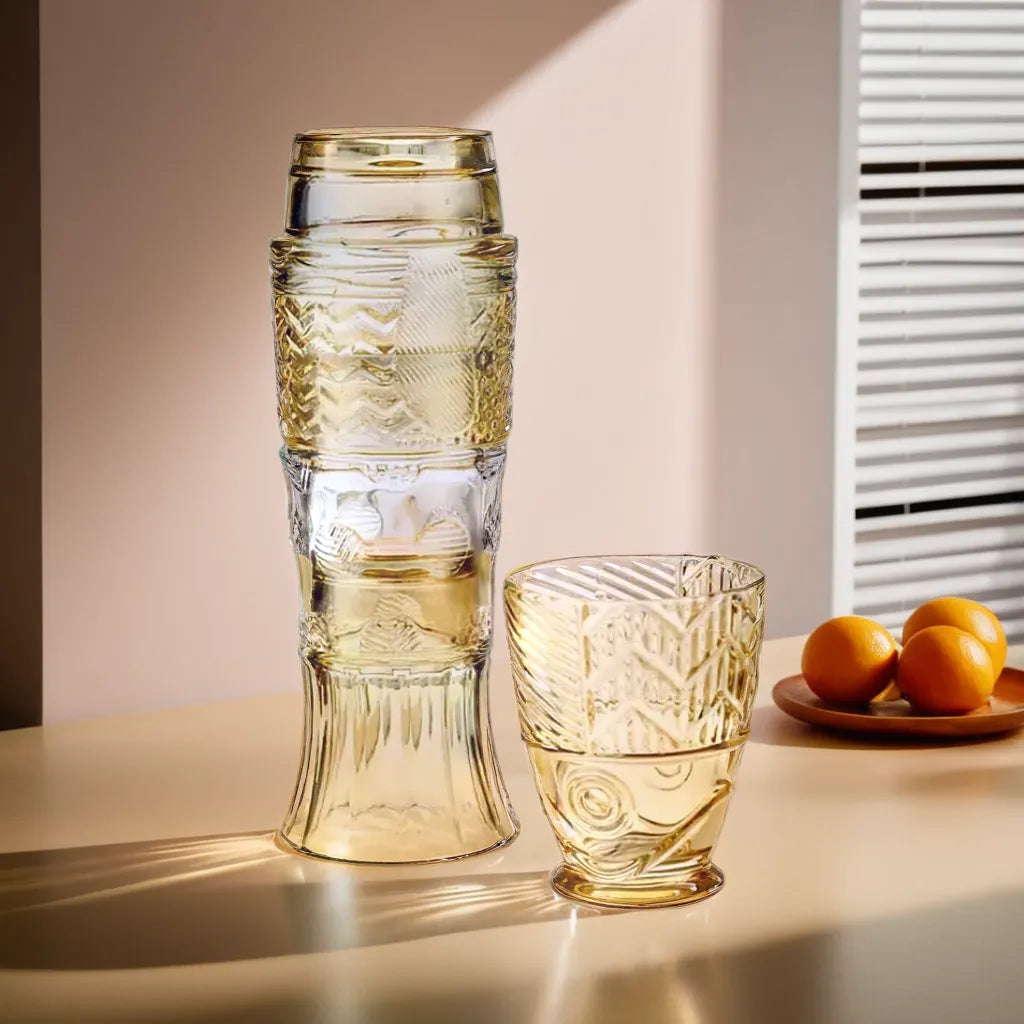
Identifying a Chione cancellata fossil involves looking for the same lattice-like shell patterns. The fossil will have distinctive concentric ridges and strong radial ribs. The size and shape will resemble modern specimens, though the coloration may vary due to mineralization.
What type of diet does the Cross-barred Venus follow?
The Cross-barred Venus is filter feeder. It obtains its food by filtering plankton and other microscopic organisms from the water. They play a role in maintaining water clarity by filtering out particles.
How does the Cross-barred Venus impact its ecosystem?
This species contributes to the marine ecosystem by acting as a food source for predators. Additionally, by filtering water, it helps improve water quality. Their burrowing behavior also affects sediment structure, promoting a healthy habitat for other organisms.
What are the care requirements for a Cross-barred Venus in a reef aquarium?
In a reef aquarium, the Cross-barred Venus requires a sandy substrate to burrow. It thrives in clean, well-filtered water with stable salinity and temperature. Regular monitoring of water parameters is essential for the health of this bivalve.
 The Cross-barred Venus, also known as Chione cancellata, is a medium-sized saltwater clam that can be found primarily in the Caribbean. This distinctive bivalve mollusk is celebrated for its beautiful shell, marked with intricate patterns that make it a favorite among collectors. Understanding its biological features and habitat not only highlights its role in marine ecosystems but also its impact on local culture and economy.
Identifying the Cross-barred Venus is straightforward due to its unique shell structure, featuring concentric lines and radial ribs. These characteristics not only aid in recognition but also contribute to its vibrant aesthetic appeal. Its presence in coastal waters has significant cultural and crafting implications, as the clamshells are often used in various arts and crafts by local communities.
While the Cross-barred Venus thrives in specific habitats within the Caribbean, it faces challenges from environmental changes and human activity. A deeper look into their lives reveals how they contribute to the marine environment, while also satisfying human curiosity and creativity.
The Cross-barred Venus, also known as Chione cancellata, is a medium-sized saltwater clam that can be found primarily in the Caribbean. This distinctive bivalve mollusk is celebrated for its beautiful shell, marked with intricate patterns that make it a favorite among collectors. Understanding its biological features and habitat not only highlights its role in marine ecosystems but also its impact on local culture and economy.
Identifying the Cross-barred Venus is straightforward due to its unique shell structure, featuring concentric lines and radial ribs. These characteristics not only aid in recognition but also contribute to its vibrant aesthetic appeal. Its presence in coastal waters has significant cultural and crafting implications, as the clamshells are often used in various arts and crafts by local communities.
While the Cross-barred Venus thrives in specific habitats within the Caribbean, it faces challenges from environmental changes and human activity. A deeper look into their lives reveals how they contribute to the marine environment, while also satisfying human curiosity and creativity.























